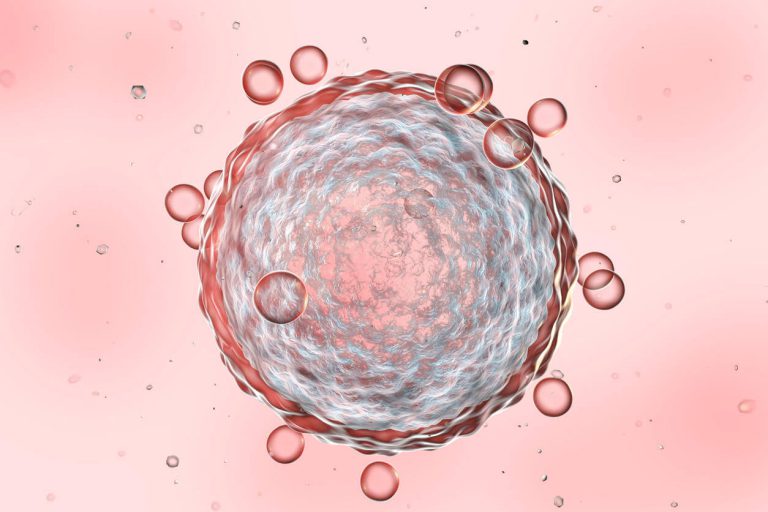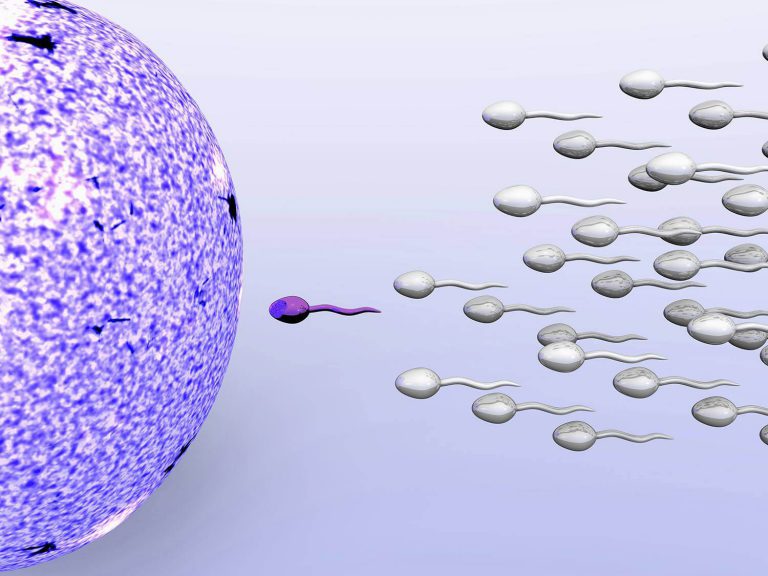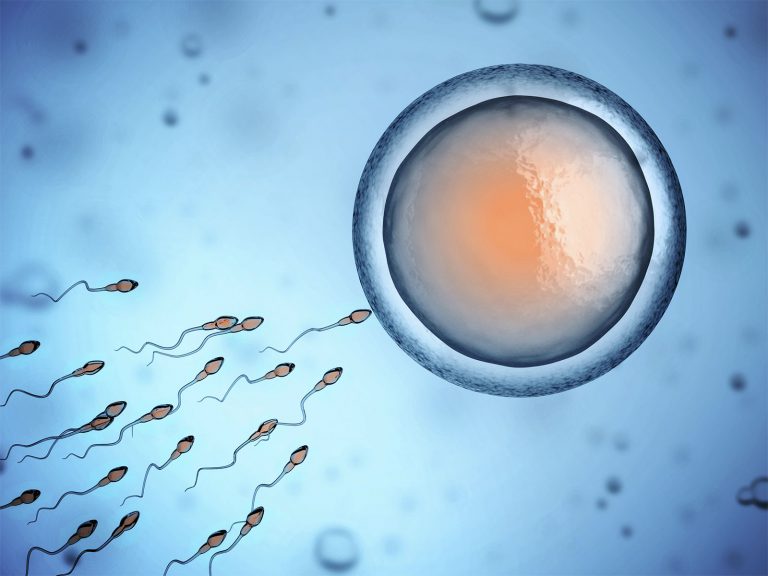If you’re trying to get pregnant, there are several ways your body lets you know that it is gearing up to ovulate, and with a little practice, you can learn to identify your body’s ovulation symptoms with relative ease.
Are you wondering how learning your ovulation symptoms can help you achieve pregnancy? Well, in order to get pregnant, a sperm and an egg have to have a chance to meet. A sperm can “hang out” in your body for 3-5 days before dying off – giving it about 3 to 5 days to meet an egg. However, an egg only lives for about 12-24 hours after being released, which means the sperm needs to either be there already, or show up very soon after ovulation. Ultimately, this means that you are only potentially fertile during the week consisting of five days before you ovulate, and one to two days after. So, if you have sex 7 days before you ovulate, you probably won’t get pregnant, since any sperm will die before they get a chance to meet the released egg. However, if you have sex 3 days before ovulation, a sperm could still be alive at the end of that 3-day window — and waiting to fertilize your newly released egg. Similarly, if you have sex 12 hours after you ovulate, you might have a chance at getting pregnant if the sperm can get to the egg fast enough. But if you have sex 48 hours after you ovulate, you are very unlikely to get pregnant, because the egg probably won’t live long enough to meet the sperm.
Now you can probably see how knowing the symptoms of ovulation can be really important to achieving pregnancy! So what do you need to do?
The best method of learning your body’s unique ovulation symptoms is to chart them. Charting your symptoms is free, and there are many web and mobile applications out there designed to help you get started. (Check out OvuView, FertilityFriend, or Glow. You can also find paper versions online if you prefer to do the tracking by hand.) Charting mainly involves keeping track of your menstrual cycle from day 1 – that’s the first day of your period – until your next period starts. Each day, you’ll take note of how you’re feeling and any physical symptoms you may be having, and write it down. You’ll be focusing on looking for changes in cervical fluid, changes in your cervix, and changes in your body temperature. Let’s discuss each of these in turn:
Cervical fluid – Also called “cervical mucus” or “CM”, this is a fluid made by your cervix to help sperm get to your egg more easily. At the beginning of your menstrual cycle, you may notice that you feel more “dry” or “sticky” than you do in the middle of the cycle, where you may notice large quantities of slippery clear, white, or yellow fluid in your underwear or on the tissue when you wipe. This is because the fluid changes as you approach ovulation, going from sticky to creamy to slippery like an egg white. (Slippery, watery fluid is easier to swim in!) Some women have several days of this very slippery, fertile fluid, and others may only have one; charting yours can help you better predict the best days to have sex. Typically, your CM starts to dry up immediately after ovulation (and go back to a creamy, then a sticky state).
Cervical position and firmness – At the beginning of the menstrual cycle, your cervix – the opening to your uterus, found at the back of your vagina – is hard, closed, and high up in your vaginal canal. As ovulation approaches, your cervix gets softer, wider, and lower, in order to help sperm pass through it and make it to your ovaries. Then, after ovulation, your cervix returns to its closed state. You can insert a clean finger into your vagina to check the position and firmness of your cervix each day, and note these changes. Eventually, you’ll become so familiar with your own body that you’ll be able to easily get a rough estimate of where you are in your cycle, simply by checking your cervix – which takes about 5 seconds.
Changes in your body temperature – Your basal body temperature – your temperature first thing in the morning, before you even get out of bed – sharply rises after ovulation in most women. Using a special basal body temperature thermometer – which will set you back about $10 – $30 at most drug stores – you can take this temperature every morning and record it on your chart. Over time, you’ll begin to understand your natural temperature rhythm and be able to pinpoint the precise day you ovulated in any particular cycle. This is the most accurate way to tell when you’ve ovulated, although it has the drawback of only showing you that you’ve ovulated after the fact (rather than predicting it ahead of time).
All of these symptoms are caused by changing levels of different reproductive hormones over the course of your menstrual cycle, and those same hormones also tend to cause other “secondary symptoms”, like nausea, breast tenderness, acne, etc. Charting these symptoms can also help you pinpoint where you are in your fertility journey – and has the added bonus of giving you a heads-up before you’re likely to have a break-out or a moody day.







